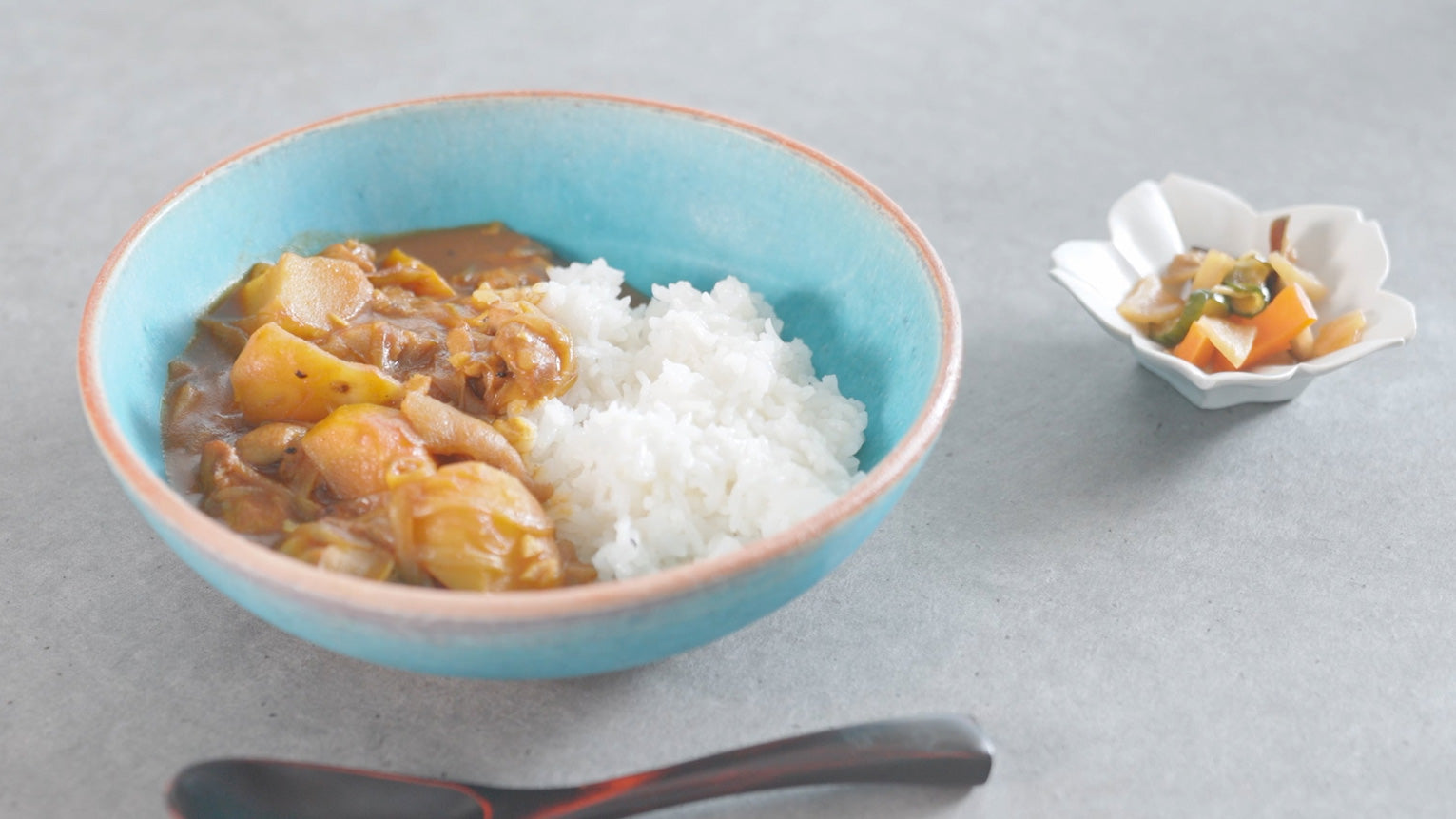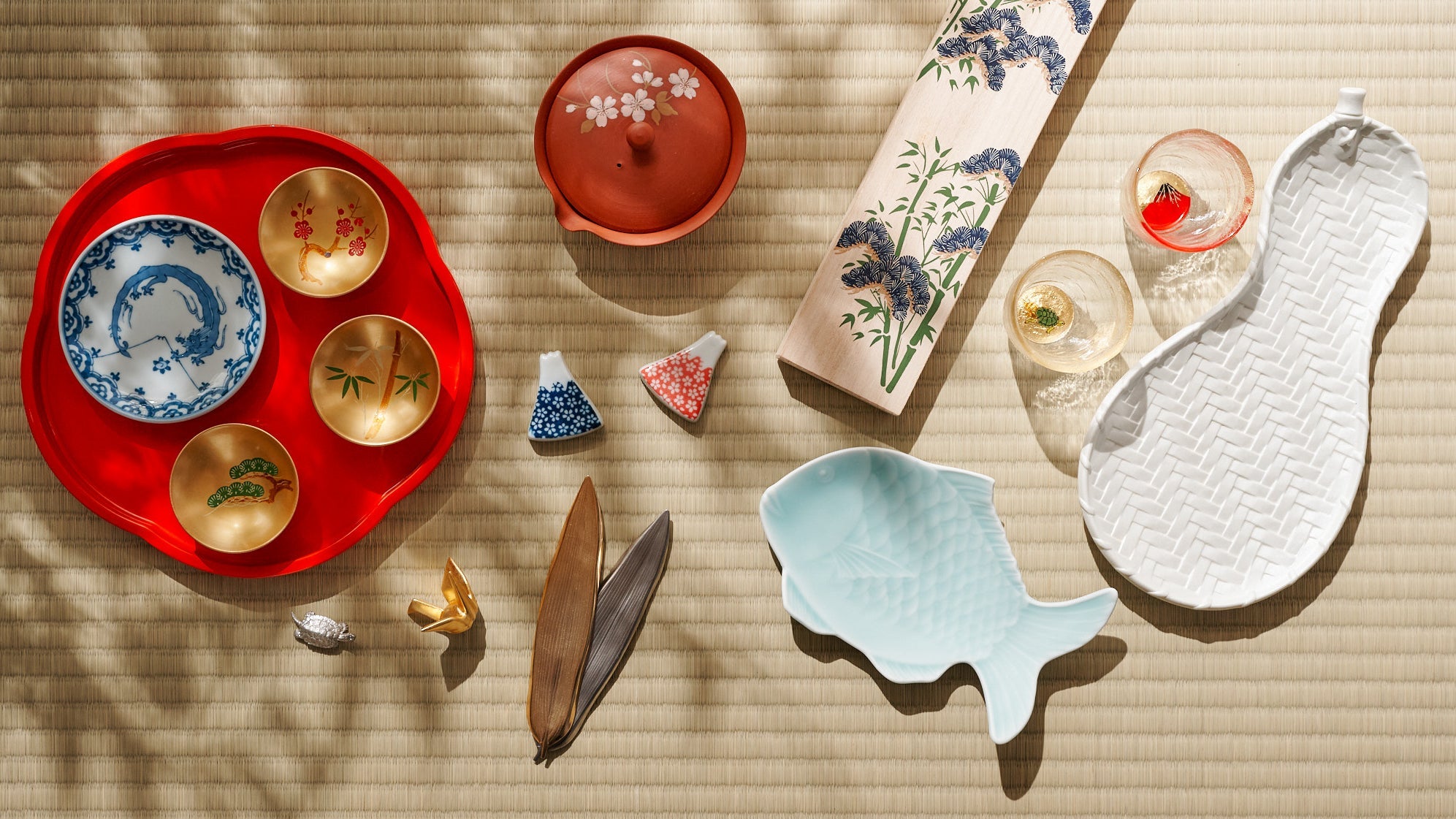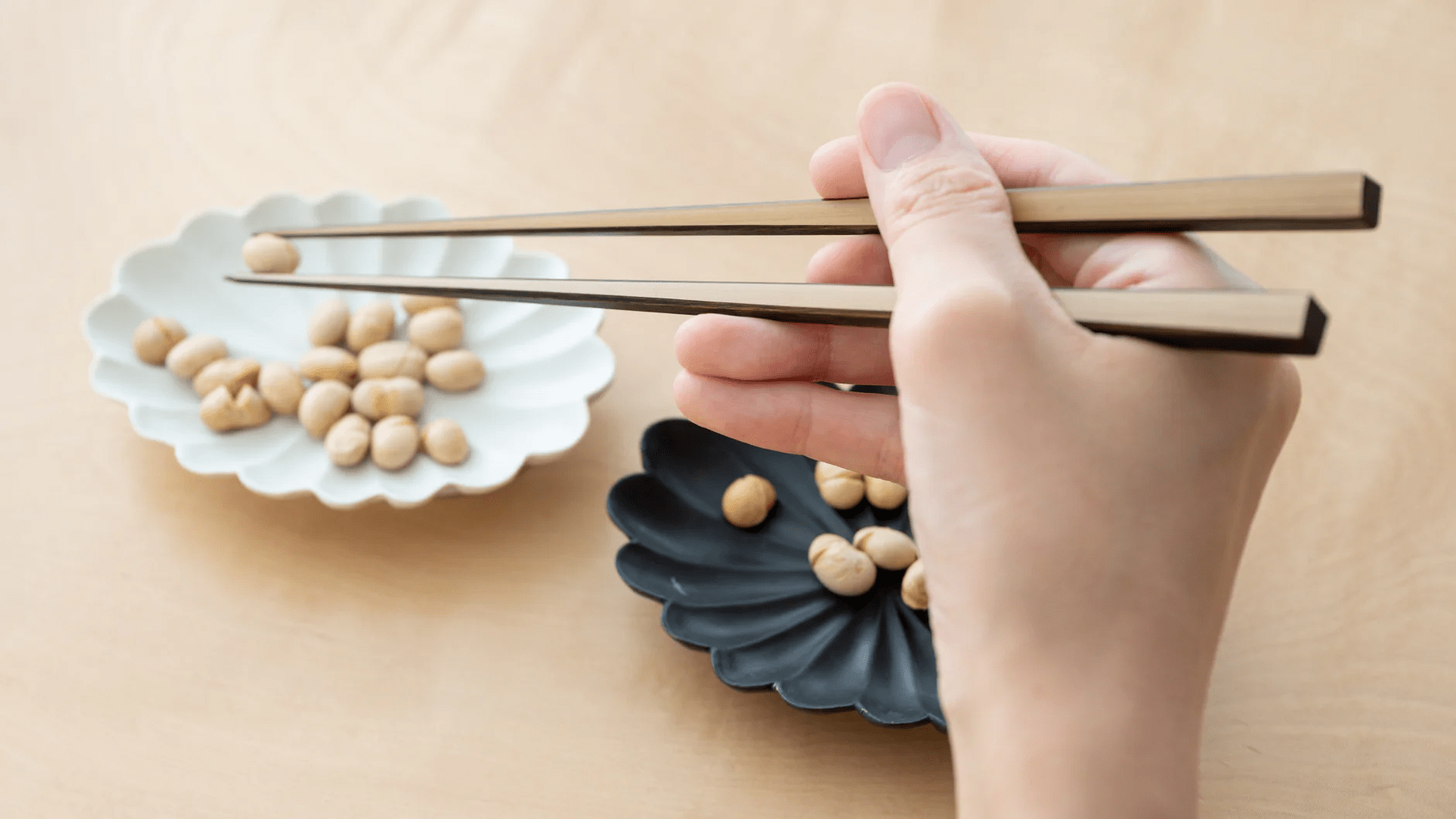
Japanese Otsumami: Easy Karaage Recipe & Izakaya Bites
Written by Team MUSUBI
In Japan, otsumami refers to the small, flavorful bites typically enjoyed alongside a drink. They may be modest in size, but each dish carries the laid-back charm of a bustling izakaya. A bowl of salted edamame (green soybeans), a few slices of pickled vegetables, skewers of smoky grilled chicken—or perhaps a plate of crispy karaage (Japanese fried chicken)—can instantly transport you to a warm summer evening in Tokyo, where laughter, clinking glasses, and the scent of sizzling oil fill the air.
Among the many varieties of otsumami, karaage stands out as a true crowd favorite. With its golden, crunchy crust and juicy, well-seasoned interior laced with hints of soy sauce and ginger, it’s more than just a side dish—it’s a national comfort food that’s nearly impossible to stop eating once you start.
In this post, we’ll take a closer look at the casual yet deeply rooted culture of Japanese otsumami and share a simple, authentic karaage recipe you can try at home. Whether you’re hosting a summer get-together or just want to recreate the cozy magic of an izakaya evening in your own kitchen, this dish delivers.
Table of contents
Otsumami Origins: A Taste Through Time
The story of otsumami begins long before the first neon sign flickered to life in a Tokyo alley. Deep in Japan's culinary past, these humble accompaniments emerged from necessity and blossomed into an art form that defines modern drinking culture.
Regional preferences shaped the very language we use today. In the sophisticated merchant districts of Kyoto and Osaka—collectively known as kamigata—locals coined the term ate, derived from the concept of food that "matches" or "hits the mark" with sake. Meanwhile, bustling Edo (modern-day Tokyo) embraced the word tsumami, literally meaning "to pinch," reflecting the casual, finger-food nature of these accompaniments. Both terms survive in contemporary Japanese, each carrying the cultural DNA of its birthplace.
The word sakana originally meant "side dishes served with alcohol," derived from "sakana" (酒菜)—literally "alcohol dish." But here's where the story gets interesting: while we might expect these early drinking companions to be seafood-centric, during the Heian period (794–1185 CE), fruits like pears, persimmons, and chestnuts were commonly enjoyed as drinking snacks. Even the legendary Prince Genji was depicted enjoying fruit as his preferred drinking accompaniment—a far cry from the grilled squid and yakitori we associate with Japanese drinking culture today.
During the Edo period (1603–1868 CE), Japan witnessed a remarkable transformation in how people approached alcohol and food. As urban centers flourished and merchant classes gained prosperity, the ritual of evening drinking—what we now call banshaku—took root in households across the nation. This wasn't merely about consuming alcohol; it represented a deliberate pause in daily life, a moment to savor both drink and companionship.
Quick Recipe for Making Karaage (Japanese Fried Chicken)
Among Japan’s most beloved izakaya dishes, karaage stands out as the ultimate expression of fried chicken perfection. Unlike its Western counterparts, this isn't about thick, heavy batter. Instead, small pieces of thigh meat are marinated in soy sauce, ginger, and garlic before receiving a light coating of potato starch or all-purpose flour. The result? Impossibly crispy exteriors that shatter at first bite, revealing succulent, flavor-packed meat within. Each piece delivers concentrated umami that pairs beautifully with ice-cold beer, while the satisfying crunch provides a textural contrast that keeps you reaching for more.
Below is a step-by-step recipe for making real-deal karaage—no shortcuts, just golden perfection. Let’s get started.
Perfect Karaage (Serves 2)
Ingredients:
- 1 boneless chicken thigh (about 8.8 oz / 250 g)
- 3 Tbsp all-purpose flour
- 3 Tbsp potato starch (or cornstarch as a substitute)
- Oil for frying (e.g., vegetable or canola oil)
Marinade:
- 1 Tbsp soy sauce
- 1 Tbsp sake
- ½ tsp grated fresh ginger
- ½ tsp grated garlic

Directions:
1. Trim and Cut the Chicken
Remove any excess fat from the chicken, then cut it into generous bite-sized pieces, about 0.7 to 1 oz (20 g to 30 g) each.

2. Marinate Thoroughly
In a mixing bowl, combine all the marinade ingredients. Add the chicken pieces and massage the marinade into the meat until the liquid is fully absorbed. Let it sit for about 15 minutes to allow the flavors to penetrate.

3. Dredge in Flour Mixture
In a shallow tray or dish, mix the all-purpose flour and potato starch together evenly. Dredge each piece of chicken in the flour mixture, making sure all sides are coated. Gently shake off any excess flour.

4. Fry Until Golden and Crisp
Pour about 0.8 inch (2 cm) of oil into a frying pan and heat it to 340°F (170°C). Add the chicken pieces in batches, being careful not to overcrowd the pan. Fry for 2 to 3 minutes until the bottom turns golden, then flip and cook for another 2 to 3 minutes. Remove and drain on a wire rack or paper towel.

Popular Varieties of Japanese Otsumami
Walking into any authentic izakaya, you'll encounter a familiar cast of characters that have earned their place through decades of proven appeal. These aren't fancy creations or chef's specials—they're the reliable workhorses that keep customers coming back, each offering its own distinct contribution to the drinking experience.
Edamame (Green Soybeans)
Edamame arrives at your table almost automatically, those plump green soybeans nestled in fuzzy pods like nature's own packaging. A generous sprinkle of coarse sea salt transforms these humble legumes into something irresistible. The ritual of popping beans from their pods creates natural conversation pauses, while their subtle sweetness and firm texture provide the perfect counterpoint to beer's hoppy bitterness. Beyond their obvious appeal, edamame serves a practical purpose—the fiber and protein help slow alcohol absorption, making them the ideal opening act for any drinking session.
Tsukemono (Japanese Pickles)
Tsukemono might seem like simple pickled vegetables, but these fermented treasures offer complexity that unfolds with each bite. Cucumber, daikon radish, and cabbage undergo transformation through salt, rice bran, or vinegar brines, developing tangy flavors that cleanse the palate between sips. The acidic brightness cuts through rich foods and heavy alcohols, while the satisfying crunch provides a refreshing interlude. Different vegetables offer varying intensities—from mild cucumber to assertive daikon—allowing drinkers to customize their experience.
Yakitori (Japanese-style Skewered Chicken)
Yakitori embodies the poetry of simplicity. Bite-sized chicken pieces threaded onto bamboo skewers receive nothing more than salt or a sweet-savory tare (sauce) glaze before meeting hot charcoal. The grilling process creates those coveted char marks while keeping the meat tender and juicy. Each skewer offers a concentrated burst of smoky flavor that harmonizes perfectly with sake's clean finish. The skewer format encourages sharing and creates natural drinking rhythms—a few bites, a sip, and repeat.
Yaki Gyoza (Pan-fried Dumplings)
Yaki gyoza brings textural drama to the table with its signature crispy bottom and tender pleated top. These pan-fried dumplings achieve the perfect balance between crisp and chewy, while their pork and vegetable filling provides satisfying richness. The accompanying dipping sauce—a blend of soy sauce, rice vinegar, and chili oil—adds another layer of complexity. Unlike steamed versions, yaki gyoza's contrast between crispy and soft textures creates an engaging eating experience that pairs wonderfully with beer's effervescence.
What makes these five dishes enduring favorites isn't just their merits—it's how they work together as a complete ecosystem. The saltiness of edamame primes your palate, tsukemono offers cleansing acidity, yakitori delivers smoky depth, and gyoza brings textural excitement. Each fills a specific role in the drinking experience, creating a balanced progression that enhances rather than overwhelms.
Of course, this is only the beginning. While karaage, edamame, tsukemono, yakitori, and gyoza form the backbone of any classic izakaya spread, the world of otsumami extends far beyond these beloved staples. Think of the soft folds of a sweet-savory tamagoyaki, its delicate layers balancing beautifully with a crisp sake, or a few slices of silky sashimi served with just a hint of wasabi and soy. There’s also nimono, miso-marinated tofu—the list goes on, each one adding its own rhythm to the evening's flow.
So go ahead—mix, match, experiment, and make the ritual your own. The best otsumami isn’t always the most elaborate—it’s the one that fits the moment and brings people a little closer.












Leave a comment
This site is protected by hCaptcha and the hCaptcha Privacy Policy and Terms of Service apply.